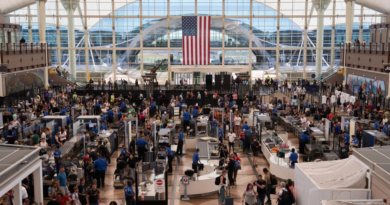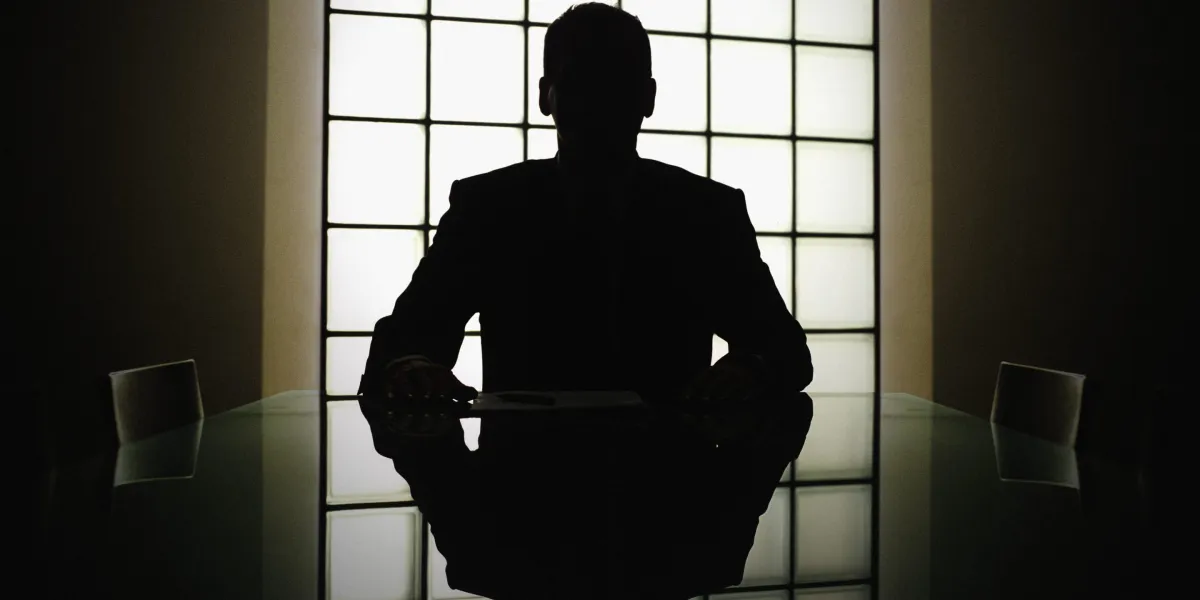Coca-Cola is making a play for Gen Z with spicy soda. Here’s a look back at past bizarre flavors, including its apathetic bid for Gen X
The Atlanta beverage giant has just rolled out Coca-Cola Spiced, a raspberry and spice flavored soda, as part of its permanent lineup, the company announced Wednesday. The product—also in Coke Zero Sugar form—will hit shelves in the U.S. and Canada on Feb. 19.
“If you go to the aisles, you’ll see the amount of spiciness has gone up because consumers’ taste palates have evolved. We realized that could be an opportunity for us,” Coca-Cola’s North American marketing chief, Shakir Moin, told the AP.
Along with its spicy Coke, Coca-Cola is hoping to attract Gen Z customers with another new entry: Happy Tears Zero Sugar, a mystery-flavored, salt- and mineral-infused product that comes with a “hype kit” of stickers and apparel available only on TikTok until Feb. 17.
“Gen Z is super important to us as a brand, as they are the next generation of tasters,” Sue Lynne Cha, Coca-Cola’s VP of marketing for North America, said in a statement to Fortune.
Coca-Cola is wooing Gen Z, a more health-conscious generation drawn to soft drinks trumpeting health benefits (amid reports of Diet Coke’s sweetener being linked to cancer), particularly as its eternal rivalry with PepsiCo heats up yet again. Analysts have foreseen that PepsiCo could soon retake the title of highest-valued beverage company, though Coca-Cola is expected to have solid fourth-quarter earnings. Units sold by PepsiCo’s beverage businesses were down 7% in December, while Coca-Cola’s rose 3%, according to YipitData.
Last January, PepsiCo launched its own Gen Z–friendly soda, Starry, which achieved a half-billion dollars in sales in its first year, more than forerunner Sierra Mist made in the past four years combined. Starry will debut its first Super Bowl commercial on Sunday with 24-year-old rapper Ice Spice.
Coca-Cola is leaning hard into appealing to Gen Z audiences now, but it has long tried to connect with the youth of yesteryear, sometimes with success, and sometimes appearing to try a bit hard to fit in.
Coca-Cola’s history of wining and dining a tough young crowd
Thirty years ago, Gen X was Coca-Cola’s “next generation of tasters.”
In the wake of the failed “New Coke,” a 1985 reformulation of the classic cola that has gone down as a historic corporate fiasco, Coca-Cola doubled down on strange concepts from the mind of Sergio Zyman, the executive in charge of New Coke.
Zyman’s next brainchild was OK Soda, launched in 1993 as a way to give the supposedly apathetic and cynical generation of Xers some vague optimism. Coca-Cola, attempting to re-create the irony embraced by the generation, set up a hotline for people to leave reviews of the soda and aired nihilistic ads: “What’s the point of OK? What’s the point of anything?”
This was a generation, after all, that contributed a historic rock anthem named ironically after the short-lived deodorant brand Teen Spirit.
The soda’s taste was, well, just okay. One consumer likened it to “carbonated tree sap.” The company sold just 1 million cases, and OK was pulled from the shelves by fall 1995.
Coca-Cola has embraced the absurd since then: Japan’s green-tea-flavored Coke debuted in 2009, and garlic-flavored Coke launched in 2022. In 2006, Coca-Cola Blak, a combination of cola and coffee, made a short-lived appearance before being pulled in 2008. Coca-Cola launched another coffee-infused product in 2019. Two years ago, Coca-Cola pulled its energy drink after an underwhelming one year in stores.
But Coca-Cola learned from its mistakes when making generation-targeted products. After yearslong dips in Diet Coke sales, Coca-Cola rebranded the product in slim cans, with flavors such as Feisty Cherry and Twisted Mango to appeal to millennials, who then preferred fruit-flavored seltzers like La Croix. After Coca-Cola released the new Diet Coke products in 2018, it reported a “return to growth” for the product.
In 2022, the company launched Coca-Cola Creations, a line of limited flavors and brand collaborations agreeable to Gen Z and their love of good vibes. Coca-Cola Starlight, launched in February that year, had packaging meant to evoke a “nebular feel.” In June, the company launched Coca-Cola Marshmello, a strawberry and watermelon flavored drink, in collaboration with popular music producer DJ Marshmello. Y3000, a zero-sugar flavor developed with AI, joined its Creations line in September. Happy Tears is the line’s newest addition.
Coca-Cola Consolidated’s 2022 annual report suggested the Creations line has been a success, and was credited for the sparkling category’s “solid operating results.” With the brand’s recent success among younger audiences, it can have hope that the new spicy Coke will keep its bite.



